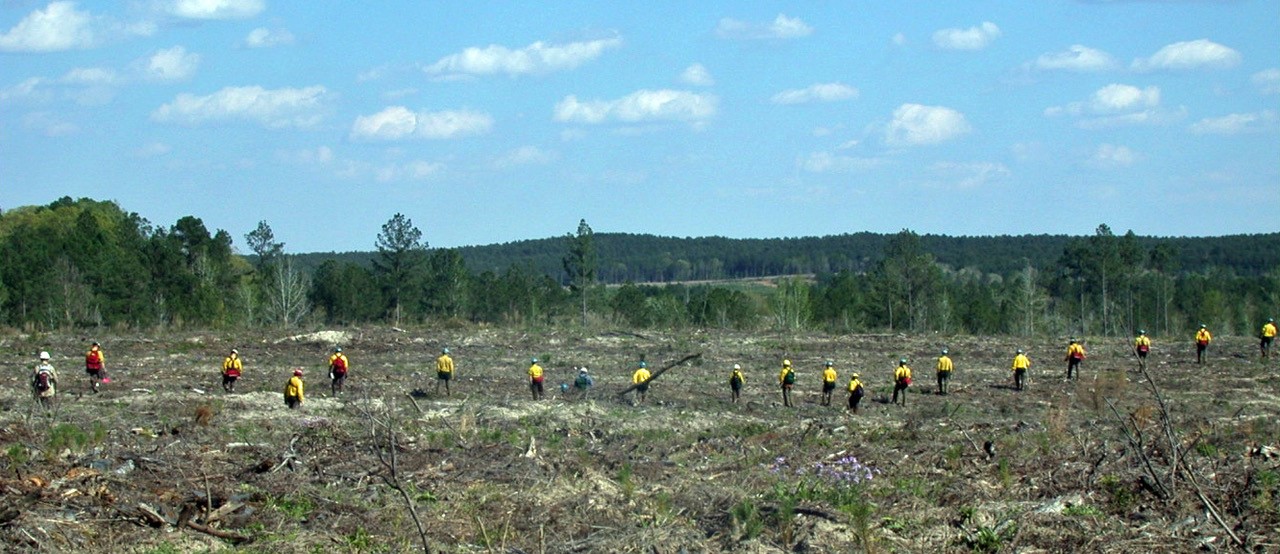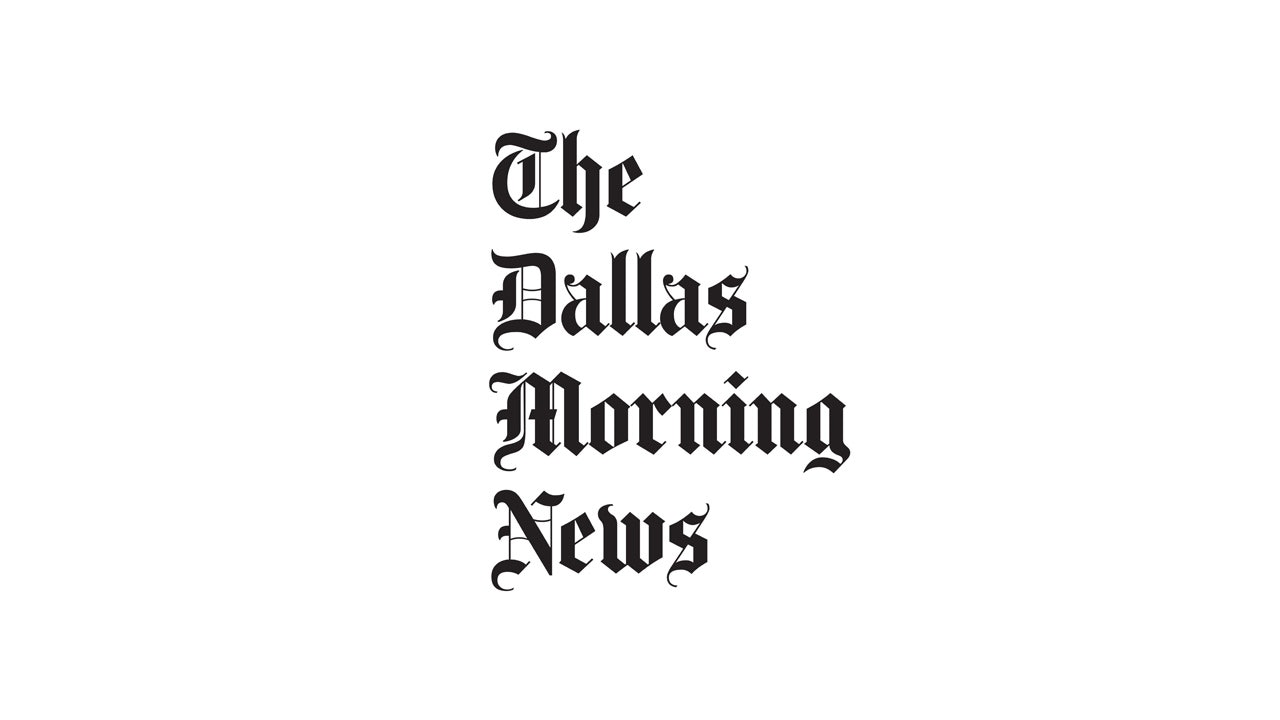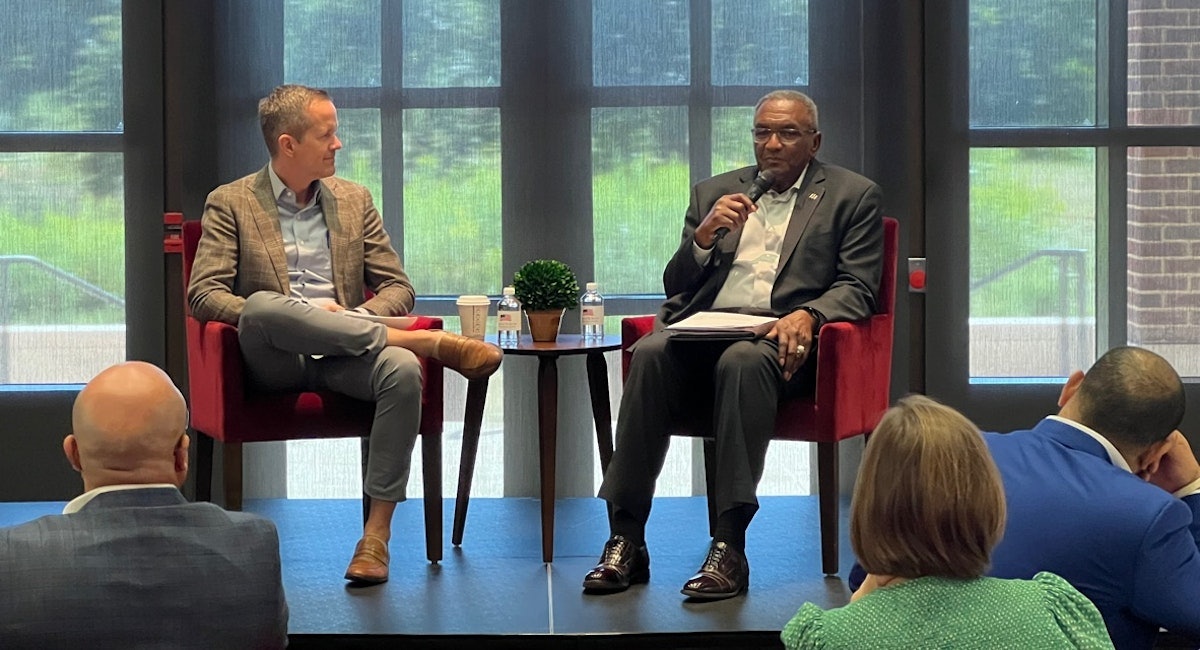On February 1, 2003, the Space Shuttle Columbia disintegrated over Texas during re-entry into the Earth's atmosphere, killing the seven crewmembers on board. Read an excerpt from the upcoming book "Bringing Columbia Home," an inspiring story of American determination and cooperation in the wake of tragedy.
Bringing Columbia Home, a new book by former NASA Launch Director Mike Leinbach and space historian Jonathan Ward, is the first in-depth look at the aftermath of the 2003 Space Shuttle Columbia disaster. In addition to being the deeply personal account of someone who was involved in the incident from the beginning, it is also a fast-paced account of how 25,000 people from across the country collaborated in finding Columbia’s crew, collected the evidence that identified the cause of the accident, and enabled NASA to return the shuttle to flight.
Available in stores January 2, 2018.
Shortly after dawn on February 1, 2003 the space shuttle Columbia disintegrated during reentry, forty miles above Dallas. The wreckage of the shuttle was strewn across East Texas in a path 250 miles long and 20 miles wide.
In addition to consoling a country still troubled from the attacks of September 11 and at war against al Qaeda in Afghanistan, President Bush and his cabinet needed to take immediate action to protect the citizens of East Texas from possible hazardous debris from the shuttle.

The seven members of Columbia’s crew were among the most diverse team to fly in space. Commander Rick Husband, a native of Amarillo, was joined by pilot Willie McCool and mission specialists Michael Anderson, Laurel Clark, and Dave Brown. Mission specialist Kalpana Chawla was the first Indian-American woman to fly in space. Also on the crew was Ilan Ramon, Israel’s first astronaut. All of them perished in the accident.
President George W. Bush spoke to the families of Columbia’s crew by phone shortly after the accident and offered his personal support. He addressed the nation early that afternoon with the message that “The cause in which they died will continue. Mankind is led into the darkness beyond our world by the inspiration of discovery and the longing to understand.”
Meanwhile, the President and his cabinet responded swiftly and decisively to the public safety situation in Texas. The Columbia accident was the first domestic incident under the new Department of Homeland Security. Teams from NASA, FEMA, the EPA, FBI, the US Forest Service, and other agencies set up a command center in Lufkin, along with the Texas Forest Service, the Texas National Guard, and the Department of Public Safety. Ultimately more than 100 federal, state, and local agencies were involved in the search for Columbia and her crew.
On February 4, the first of many memorial services for the crew was held at Johnson Space Center. President and Mrs. Bush attended, as did NASA Administrator Sean O’Keefe. The President remarked that although NASA was being tested at this time, “America’s space program will go on.”
The first eleven days of February saw hundreds of volunteers work tirelessly in the piney woods of East Texas to find the remains of Columbia’s crew. By February 11, all seven crewmembers were located and their remains returned to their families for burial.
After the recovery of the crew, attention turned to recovering the shuttle’s debris, which still represented a potential public safety hazard. In what became the largest search and recovery operation ever conducted on US soil, 25,000 people from across the country—including wildland firefighters from nearly every state—spent three months combing the Texas countryside for pieces of the shuttle.
During the recovery operations, a search helicopter crashed, killing two searchers. The loss of a local son, Charles Krenek of the Texas Forest Service, sealed the bond between the people of Texas and the crew of Columbia. It inspired the motto, “Their mission became our mission.”
The long process of bringing closure to the story of Columbia began on February 11, when Ilan Ramon was buried in the Jezreel Valley in Israel. Over the next several weeks, funerals were held for Columbia’s crew members at places of special meaning to them. Laurel Clark, Mike Anderson, and Dave Brown were interred at Arlington National Cemetery. Following Anderson’s funeral on March 7, President and Mrs. Bush hosted the crew’s families in a completely private gathering at the White House. The families spent more than an hour in conversation with the Bushes in the Oval Office. Afterward, the President took the families on an impromptu tour of the White House.
Searchers eventually recovered approximately 38 percent of the shuttle—more than 80,000 pieces totaling more than 40 tons of material. NASA was able to use this material to determine the cause of the accident and eventually return the space shuttle to flight beginning in 2005.
Columbia’s debris is preserved in a special room at Kennedy Space Center, providing material to researchers who are designing spacecraft of the future. It also serves as a reminder about the risks of spaceflight and the dangers of complacency.
As President Bush said after the accident, “In an age when space flight has come to seem almost routine, it is easy to overlook the dangers of travel by rocket, and the difficulties of navigating the fierce outer atmosphere of the Earth. These astronauts knew the dangers, and they faced them willingly, knowing they had a high and noble purpose in life. Because of their courage and daring and idealism, we will miss them all the more.”






























